Date: 29 September 2014
Many have concentrated on improving the introduction of heat into the molten glass, e.g. with new burner systems, with the aim of melting more glass with the same energy input. It is becoming apparent that the type and method of batch processing has a substantial influence on the melting process and hence on energy efficiency.This is the message at the heart of Maschinenfabrik Gustav EIRICH’s presence at Glasstec 2014.
It is known in many industries that energy benefits can be achieved if the raw materials that are to react with other in the thermal process are distributed better and more evenly. Significant reductions in sintering temperatures have been reported in the production of cement and of ceramic components, for instance. It follows that these benefits can also be transferred to glass production.
The name EIRICH has for several decades stood for the best possible batch mixing in the glass industry. A customer has recently reported a melting efficiency boost of up to 10 % in comparison with processing using a ring trough mixer / turbine mixer
The latest findings suggest that even greater improvements in efficiency can be achieved. This is because the homogeneity of the batch is not the only key factor – so too is its microstructure, in other words the spatial arrangement of the constituents of the batch. The start of the thermochemical reactions in the glass tank is characterized by the occurrence of a melt phase in the batch, i.e. the formation of silicate first melts of sodium carbonate and quartz. If every grain of sand is then in close contact with sodium carbonate (and other selected additives), so that it is ideally coated with sodium carbonate, this promotes dissolution in the glass melt. And sand is, after all, the primary component of the recipe.
This is where the advantages of the EIRICH mixing system come into their own - because it can coat as well as mix. In technical terms, the EIRICH mixer is a refinement of ring trough / turbine and planetary mixers. It has a rotating mixing pan and a mixing tool that can provide low to extremely high mixing energy to suit requirements. As a result, these mixers can not only mix, but also coat or granulate. Sand, liquid admixtures, sodium carbonate and very small quantities of additives (e.g. sulfate) can thus be combined ideally in a first mixing step at high shearing forces. In the subsequent mixing step the remaining raw materials are then distributed homogeneously at a low mixing intensity.
The benefits that can be achieved through coating are enormous. Under laboratory conditions the residual quartz dissolving time can be reduced by as much as 20 %. In the field, this “sequential” mixing technique can be expected to deliver an increase in the tank throughput and/or quality as well as a reduction in energy costs. The whole process takes place within an existing mixing procedure, so no significant change in the mixer periphery is required.
The benefits that can be achieved with sequential mixing technology will be the focus of the company’s presentation at Glasstec 2014, where EIRICH will be at stand C22 in hall 15.
Dipl.-Ing. (FH) Harald Eirich will also be delivering a talk on “The potential of batch processing” at the HVG colloquium in hall 11 at 10 am on October 21, 2014. This event, organized by Hüttentechnische Vereinigung der Deutschen Glasindustrie e.V., a non-profit research association of the German glass industry, will be held in German and English.
Further information:
Contact: Harald Eirich, e-mail: harald.eirich@eirich.de


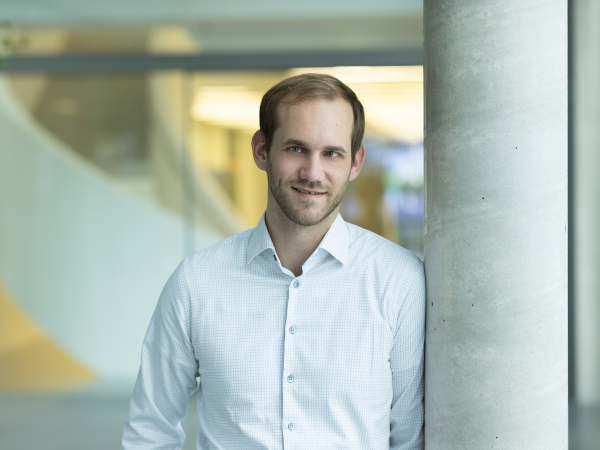
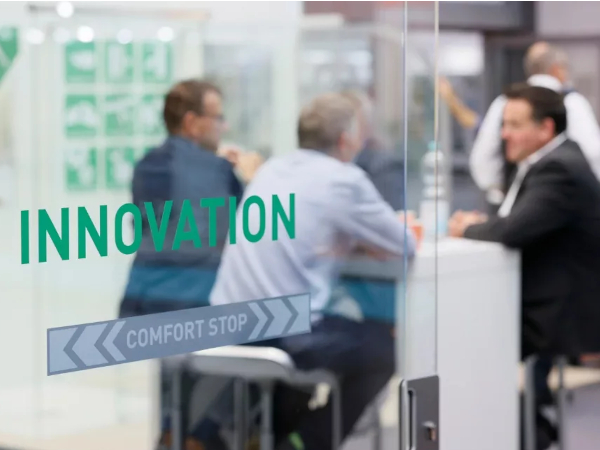
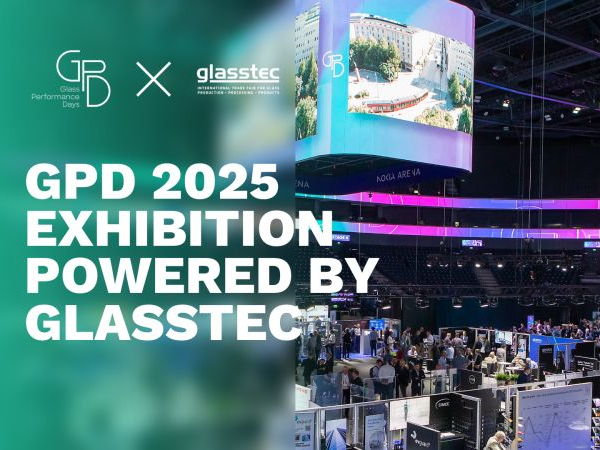
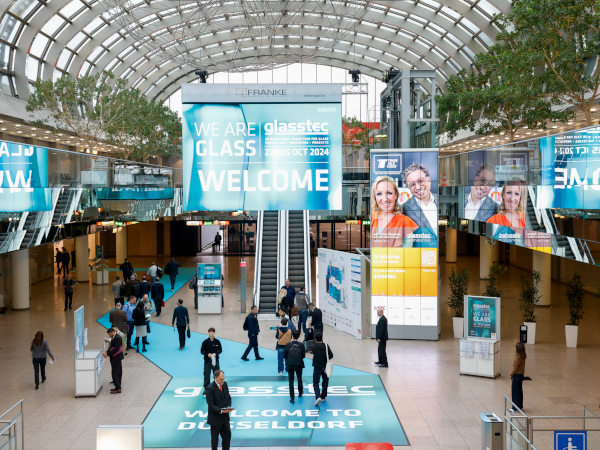
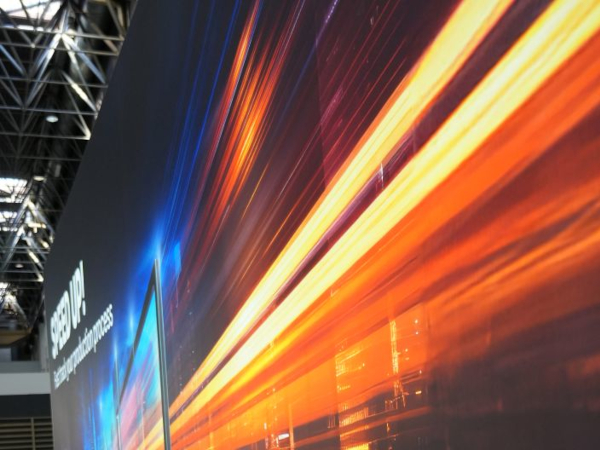
Add new comment